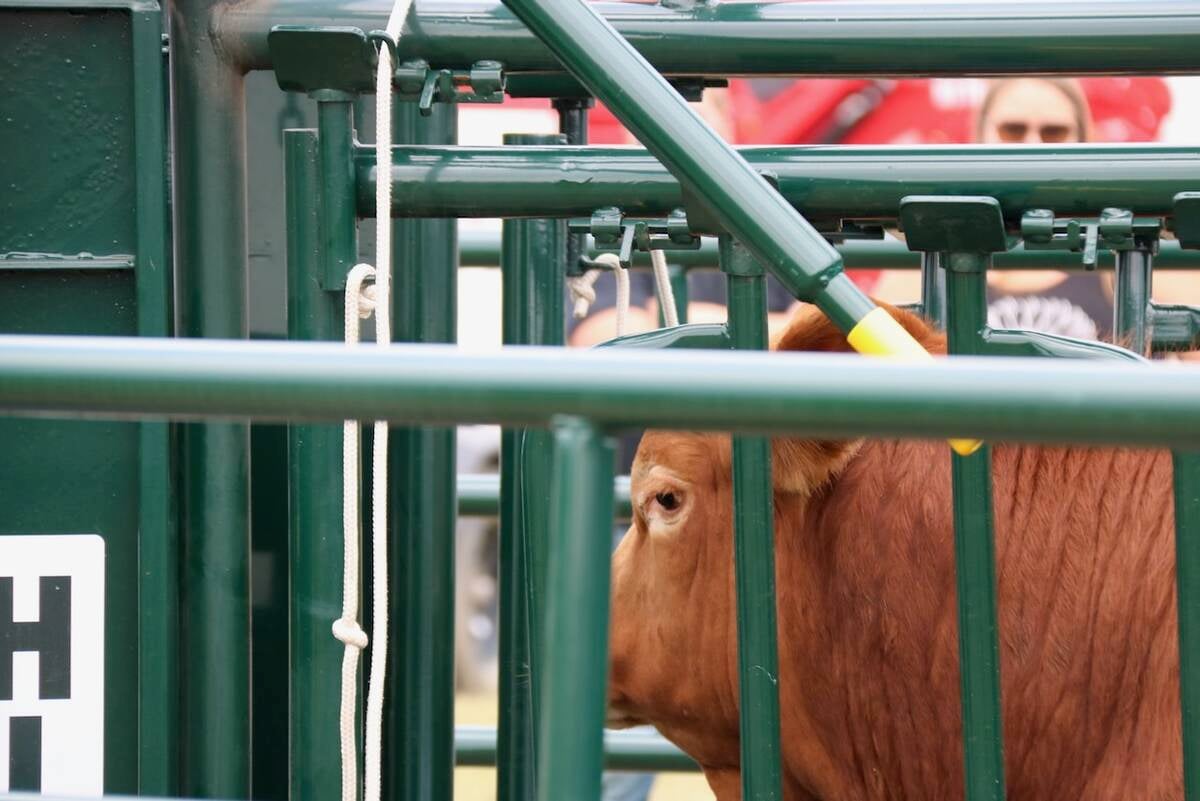The North-West Mounted Police had two objectives when dispatched west in the 1870s.
Officers were to stop the illegal whiskey trade across the 49th parallel and deal with the problem of horse thieves.
The Royal Canadian Mounted Police continues to deal with livestock thefts, but problems facing investigators have changed in the last 130 years.
Courts often do not recognize the seriousness of livestock theft to the agriculture industry. Penalties are much lower than a century ago.
There were 48 horse theft trials in 1885, resulting in sentences of up to five years in a penitentiary. Only nine cases went to trial in 1987 and most were punished with a fine.
Read Also

Good handling equipment a must on cattle operations
It’s important for the safety of producers and everyone else dealing with their stock that handling equipment is functional and safe.
RCMP livestock investigators say the 1982 Charter of Rights and Freedoms changed the way they can investigate rustling and other agricultural related thefts.
“Almost everything we do in enforcing the law has the potential to conflict and infringe on the rights of some individuals,” said livestock investigator corporal Paul Robinson.
“A breach of the charter when dealing with accused persons could have a profound effect on the outcome of an investigation as well as on the public perception of our role and how we carry it out,” he said at the International Livestock Identification Association convention.
The association is made up of brand inspection agencies from Canada and the United States.
For example, police video surveillance is no longer allowed and search warrants are harder to obtain. There are specific situations when investigators do not require warrants such as searching a home for an accused person who has fled police.
Further, suspects must be told specifically what they are being charged with and no trickery may be used to gain a confession.
Free movement of livestock across borders has made the RCMP’s job more complicated, said corporal Ed Turco. That means more information must be shared among jurisdictions.
Ideally, a central data bank for North America that carries brands and other information should be established so livestock can be checked more readily.
Canada implemented a national cattle identification program using ear tags this year. However, this is only for animal health purposes. The RCMP and brand inspectors do not have access to those numbers to trace proof of ownership.
The court system complicates livestock investigations.
Overworked crown prosecutors in crowded courts often have little preparation time to effectively argue a case.
As well, few young prosecutors and judges have sufficient background in agricultural matters to appreciate the gravity of livestock theft, said agricultural lawyer Keith Wilson.
“Not all cases go through the courts this way, but a lot of them do.”
Efforts are under way in Alberta to recruit special prosecutors to handle agricultural offences. Similar to special prosecutors who handle environmental cases in Alberta, these lawyers would understand the significance of the industry and have enough time to properly try a case.
It has also been suggested that penalties for theft include minimum as well as maximum fines. Fines are often too low to serve as a deterrent.
Brand inspectors checked more than 400,000 cattle and 6,000 horses in British Columbia last year, while in Alberta more than six million cattle and nearly 90,000 horses were inspected. Brand inspectors are also responsible for checking bison, deer and elk, which come under the same branding rules as horses.
Brand inspections were conducted on a little more than one million head in Saskatchewan last year.
This service is not provided east of Manitoba. Some Saskatchewan brand inspectors check cattle in nine Manitoba markets, looking at animals from Saskatchewan.
Ontario and Quebec rely on ear tags and electronic identification.
Brands were recognized as an official symbol of livestock ownership in the Northwest Territories in 1878 and the NWMP was responsible for inspection and enforcement. The first full-time brand inspector was hired by the Calgary Stockyards in 1910 and other auction yards also hired full-time inspectors once they began holding daily livestock sales.















